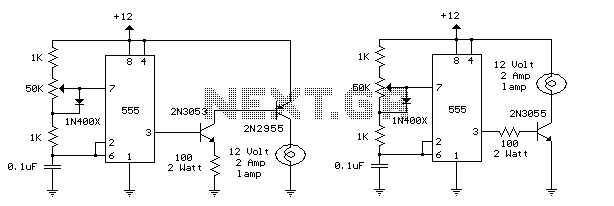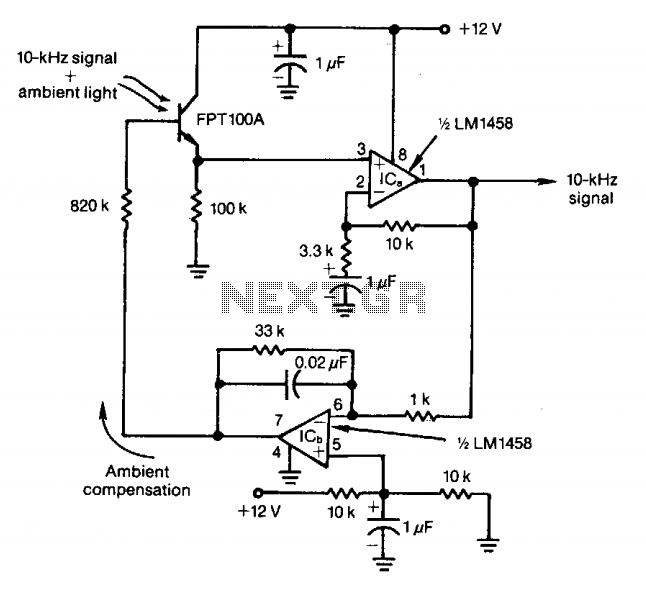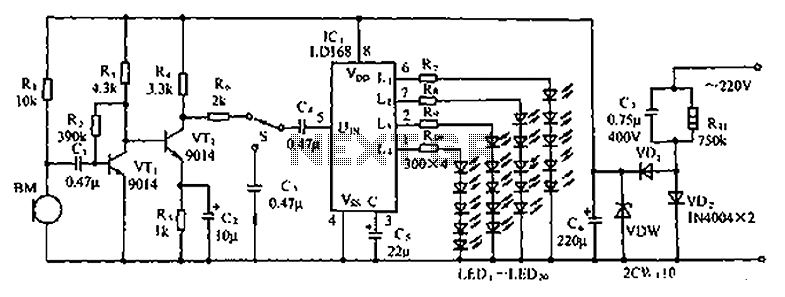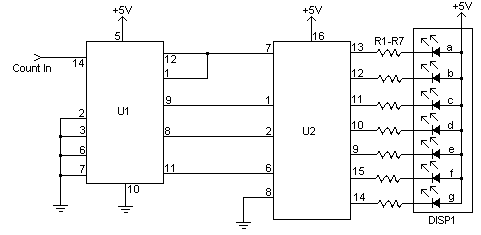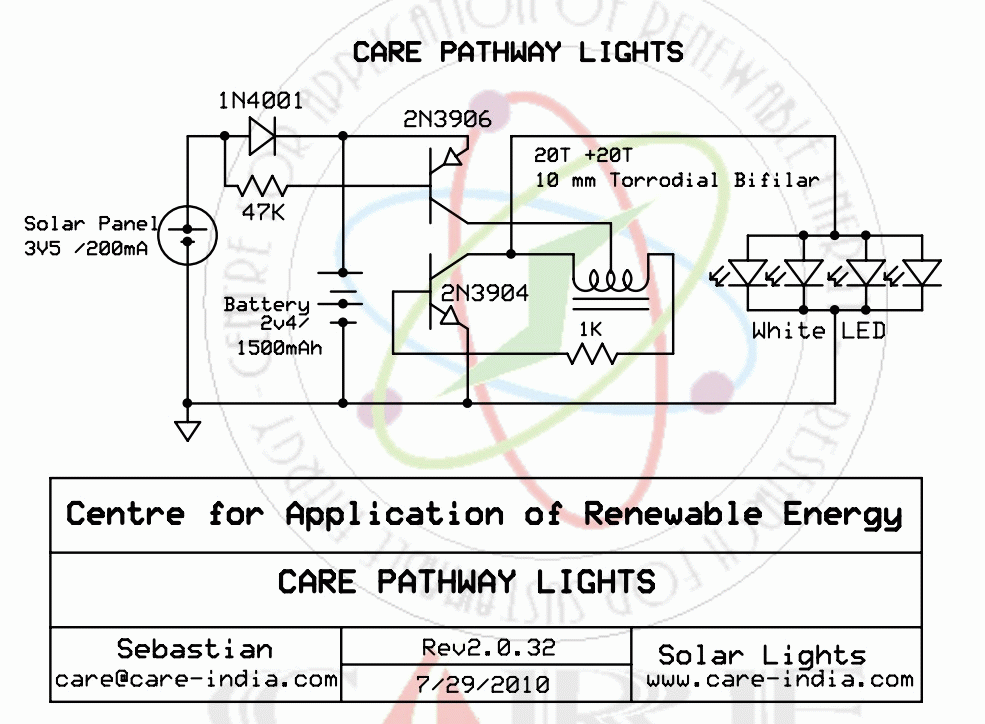
Joule Thief LED Night Light
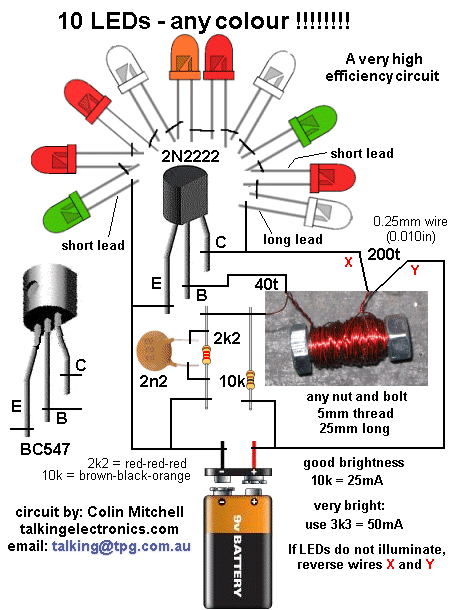
There are numerous used batteries available, primarily AA size, from various electronic devices such as remote controls and cameras. Disposing of these batteries often raises concerns due to their residual charge. While rechargeable batteries are an alternative, they may not be compatible with all devices. To effectively utilize these used batteries, an LED night light has been designed. This night light is particularly suitable for nighttime use, as it provides low-intensity illumination while being energy-efficient. The circuit operates with a single AA battery and incorporates a Joule Thief circuit to boost the voltage. Additionally, a light sensor has been integrated to automatically activate the light in dark environments.
The LED night light circuit takes advantage of the Joule Thief topology, which is a simple yet effective boost converter. This circuit allows for the extraction of usable voltage from batteries that are considered depleted, extending their life and reducing waste. The Joule Thief circuit consists of a few key components: a transistor, a resistor, an inductor, and a diode.
In this application, the AA battery serves as the power source, providing an initial voltage of approximately 1.5V. The transistor acts as a switch that rapidly turns on and off, creating a pulsating current through the inductor. This results in the inductor storing energy during the 'on' phase and releasing it during the 'off' phase, effectively boosting the voltage to a level sufficient to power the LED.
The LED is chosen for its low power consumption and high efficiency in converting electrical energy into light. Typically, a forward voltage of around 2V to 3V is required to operate the LED, which the Joule Thief circuit can adequately provide even from a battery that has a reduced charge.
The light sensor is an essential addition to this circuit, enabling automatic operation based on ambient light levels. A photoresistor (LDR) can be used for this purpose; it decreases its resistance in the presence of light, allowing the circuit to remain off during the day while turning on the LED at night when the light levels drop. This feature not only enhances convenience but also further conserves battery life by ensuring that the LED operates only when needed.
Overall, this LED night light project exemplifies innovative recycling of used batteries while providing a practical solution for low-intensity lighting needs. The combination of the Joule Thief circuit and light sensor creates an efficient and functional device that minimizes waste and maximizes the utility of spent batteries.I have many used batteries around. Remote controls, cameras, many electronic gadgets all use batteries, mostly AA size. I always felt guilty for throwing away the used batteries. I know there are rechargeable batteries, but many electronics dont work well with rechargeables. I also know that those used or spent batteries usually have some juice left in them. So to come up with a good use of used batteries, Ive created a LED night light. I like having a little night light on when I sleep. LEDs are perfect for this purpose, because they are energy efficient, and good at providing low intensity illumination. This LED night light operates with just one battery. It utilizes a little circuit called Joule Thief to boost voltage out of an AA battery. I also added a light sensor to turn it on automatically when the surrounding is dark. 🔗 External reference
The LED night light circuit takes advantage of the Joule Thief topology, which is a simple yet effective boost converter. This circuit allows for the extraction of usable voltage from batteries that are considered depleted, extending their life and reducing waste. The Joule Thief circuit consists of a few key components: a transistor, a resistor, an inductor, and a diode.
In this application, the AA battery serves as the power source, providing an initial voltage of approximately 1.5V. The transistor acts as a switch that rapidly turns on and off, creating a pulsating current through the inductor. This results in the inductor storing energy during the 'on' phase and releasing it during the 'off' phase, effectively boosting the voltage to a level sufficient to power the LED.
The LED is chosen for its low power consumption and high efficiency in converting electrical energy into light. Typically, a forward voltage of around 2V to 3V is required to operate the LED, which the Joule Thief circuit can adequately provide even from a battery that has a reduced charge.
The light sensor is an essential addition to this circuit, enabling automatic operation based on ambient light levels. A photoresistor (LDR) can be used for this purpose; it decreases its resistance in the presence of light, allowing the circuit to remain off during the day while turning on the LED at night when the light levels drop. This feature not only enhances convenience but also further conserves battery life by ensuring that the LED operates only when needed.
Overall, this LED night light project exemplifies innovative recycling of used batteries while providing a practical solution for low-intensity lighting needs. The combination of the Joule Thief circuit and light sensor creates an efficient and functional device that minimizes waste and maximizes the utility of spent batteries.I have many used batteries around. Remote controls, cameras, many electronic gadgets all use batteries, mostly AA size. I always felt guilty for throwing away the used batteries. I know there are rechargeable batteries, but many electronics dont work well with rechargeables. I also know that those used or spent batteries usually have some juice left in them. So to come up with a good use of used batteries, Ive created a LED night light. I like having a little night light on when I sleep. LEDs are perfect for this purpose, because they are energy efficient, and good at providing low intensity illumination. This LED night light operates with just one battery. It utilizes a little circuit called Joule Thief to boost voltage out of an AA battery. I also added a light sensor to turn it on automatically when the surrounding is dark. 🔗 External reference

